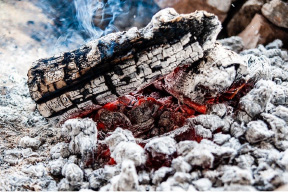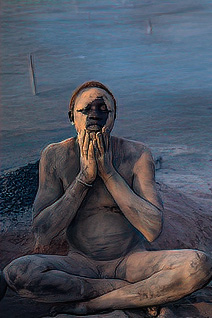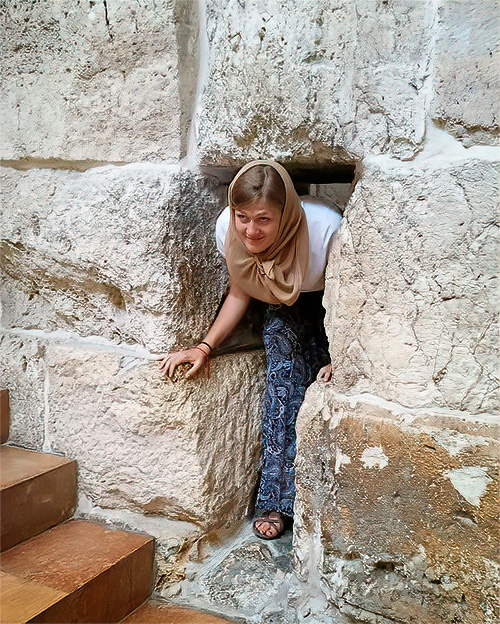Fr Michael Mahoney sm is a Marist priest of the New Zealand Province of the Society of Mary (Marist Fathers and Brothers). Michael has taught in secondary schools, has spent 28 years as part of the Marist mission in Brazil. Michael is also a highly recognised mountain guide in New Zealand, and was a member of a New Zealand expedition to Mount Everest! Yes, you read that correctly. In 1977 there were eight members of a New Zealand Everest Expedition, and what was peculiar to this attempt to climb the mountain was that the group used no local porters, nor was extra oxygen taken. Each of these decisions brought extra effort on the climbing group. Michael, and another member of the group ascended as far as the South Col (26,200 feet).Strong winds, bad weather and exhaustion made them abandon the expedition. So close and yet so far!
Listening to Fr Michael speak to a group of schoolboys about the expedition and the climb two of his comments have a clarity about them that have made them unforgettable for me. When asked by an adventurous boy of about 16, “Why didn’t you keep going?” (The South Coll is at 26, 200ft, the apex of Everest is 29,032ft – but what is 3,000ft among friends?), Fr. Michael’s response was simple, “If we had kept going I would not be standing here today. An essential lesson of mountaineering is knowing when to stop climbing.” To a question from another, “What was the biggest thing learned?”, again Fr. Michael’s response was direct, “the human person was not built to live on a mountain top!”
This Sunday’s Gospel is familiar to us; we have Luke’s account of the story of the Transfiguration. (Luke 9: 28 -36). Jesus, along with Peter, James and John “ went up on the mountain to pray” (v.28), and as we know from the story there is the marvellous encounter, “the appearance of his face changed, and his clothes became dazingly white.” Then there is the moment of revelation, “This is my Son the Beloved; listen to him.” (v. 35) The response of St Peter may well be our response, “let us build three tents”, in other words, ‘let’ stay here!’. The words of Fr. Michael resonate in my ears as I write this, know when to stop climbing and we are not built to live on a mountain top! In Christian spirituality I suggest mountains are worthy of a visit, however not to take up residence (where the rarefied air will soon kill us!), rather we are to live and minister at ground level where we can breathe and live and hence be of value.




